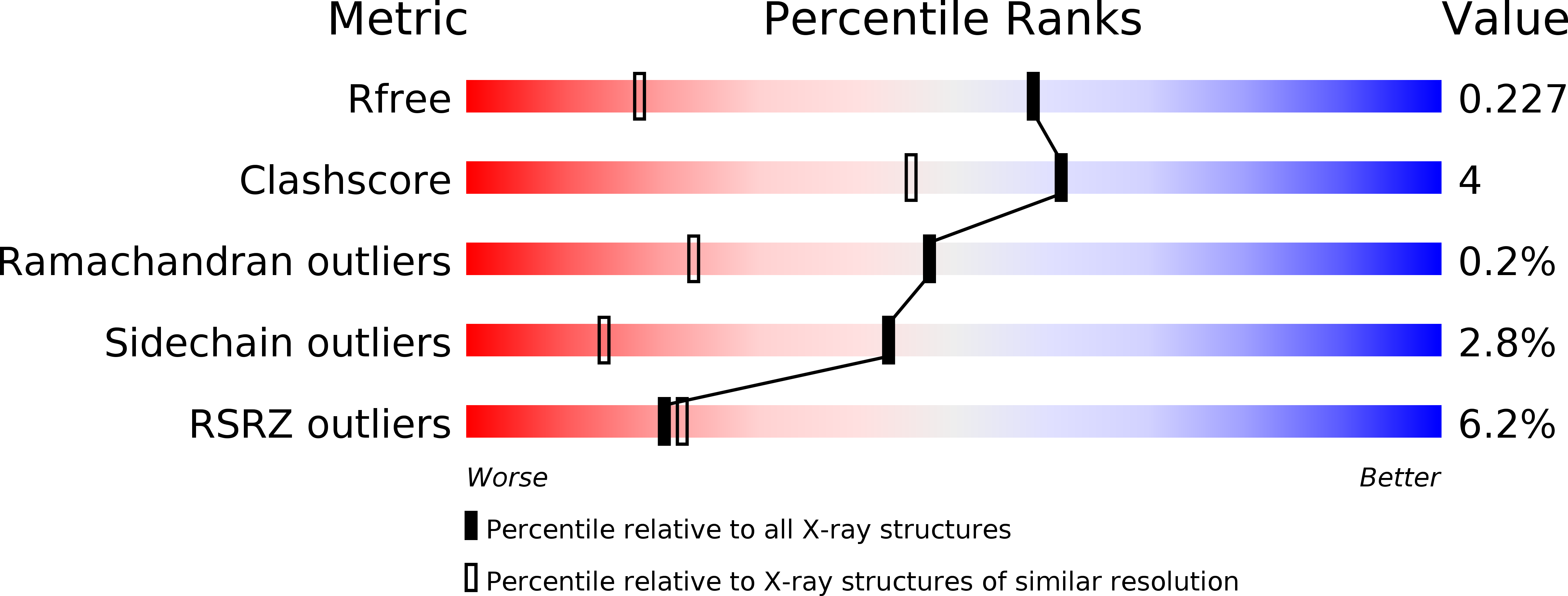
Deposition Date
2005-08-02
Release Date
2006-02-14
Last Version Date
2024-11-13
Entry Detail
PDB ID:
2AJU
Keywords:
Title:
Cyrstal structure of cocaine catalytic antibody 7A1 Fab'
Biological Source:
Source Organism:
Mus musculus (Taxon ID: 10090)
Method Details:
Experimental Method:
Resolution:
1.50 Å
R-Value Free:
0.22
R-Value Work:
0.18
R-Value Observed:
0.18
Space Group:
C 2 2 21


